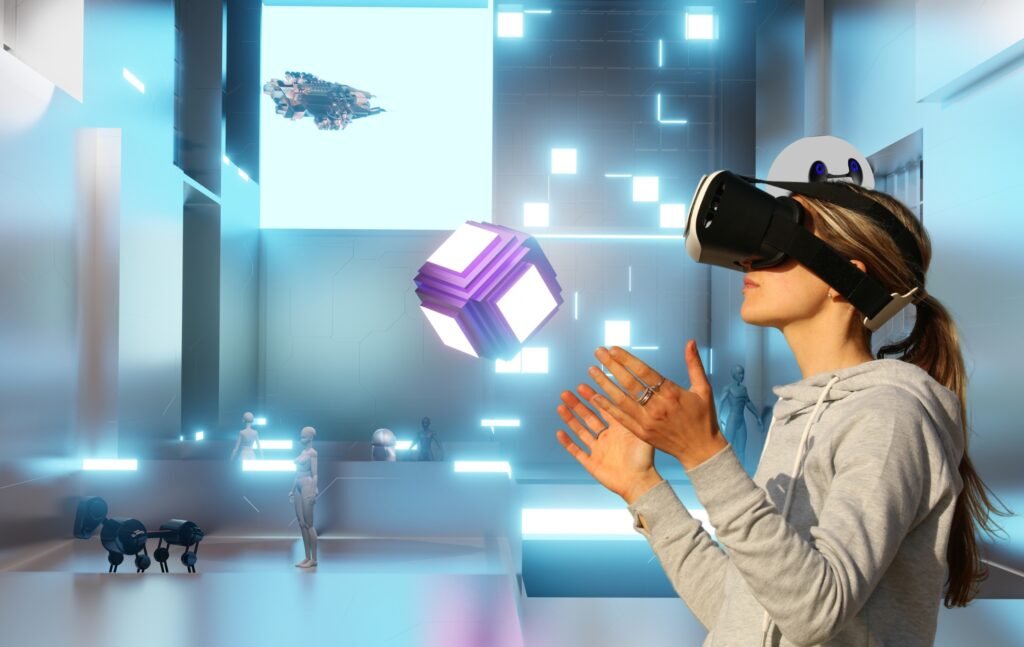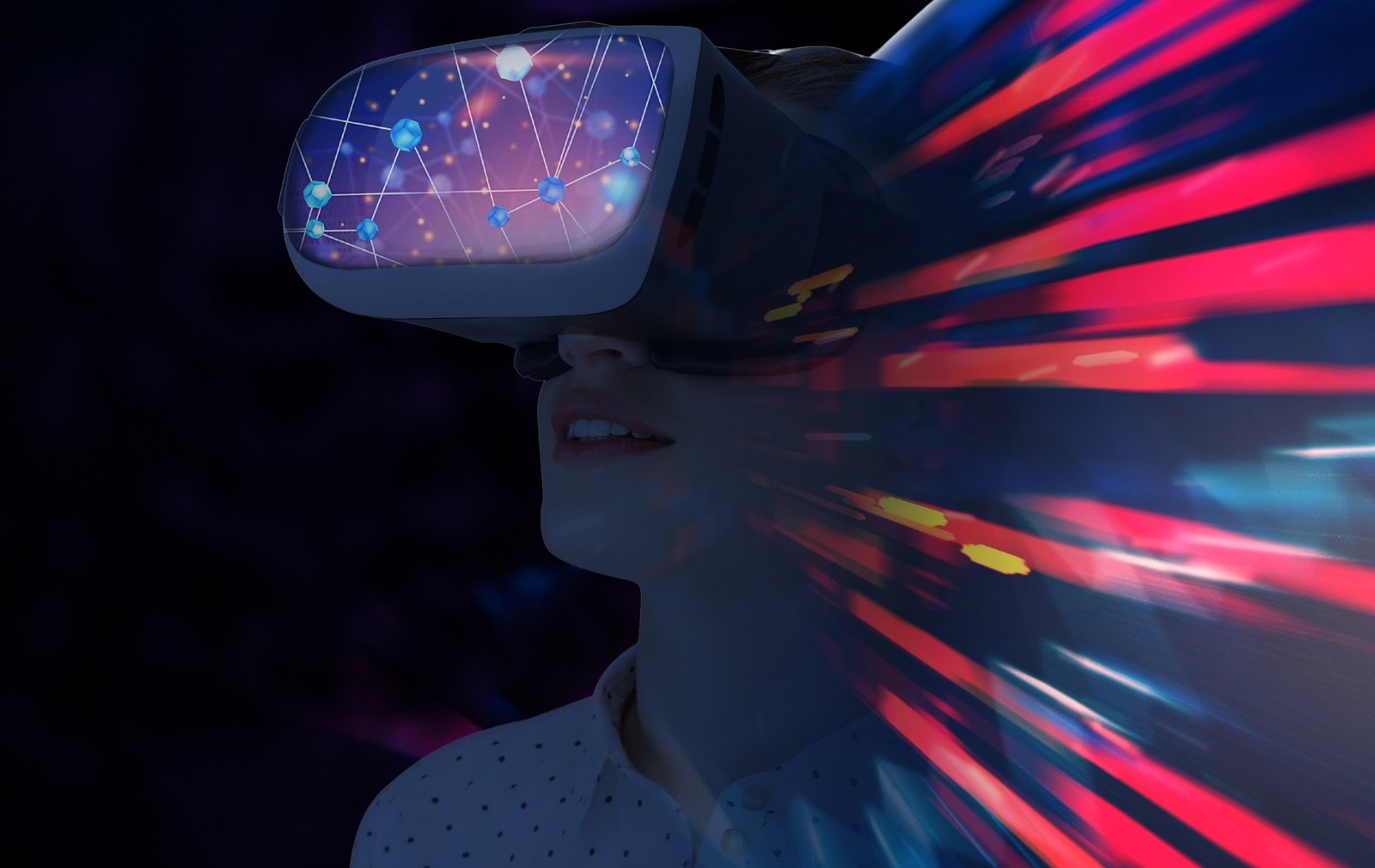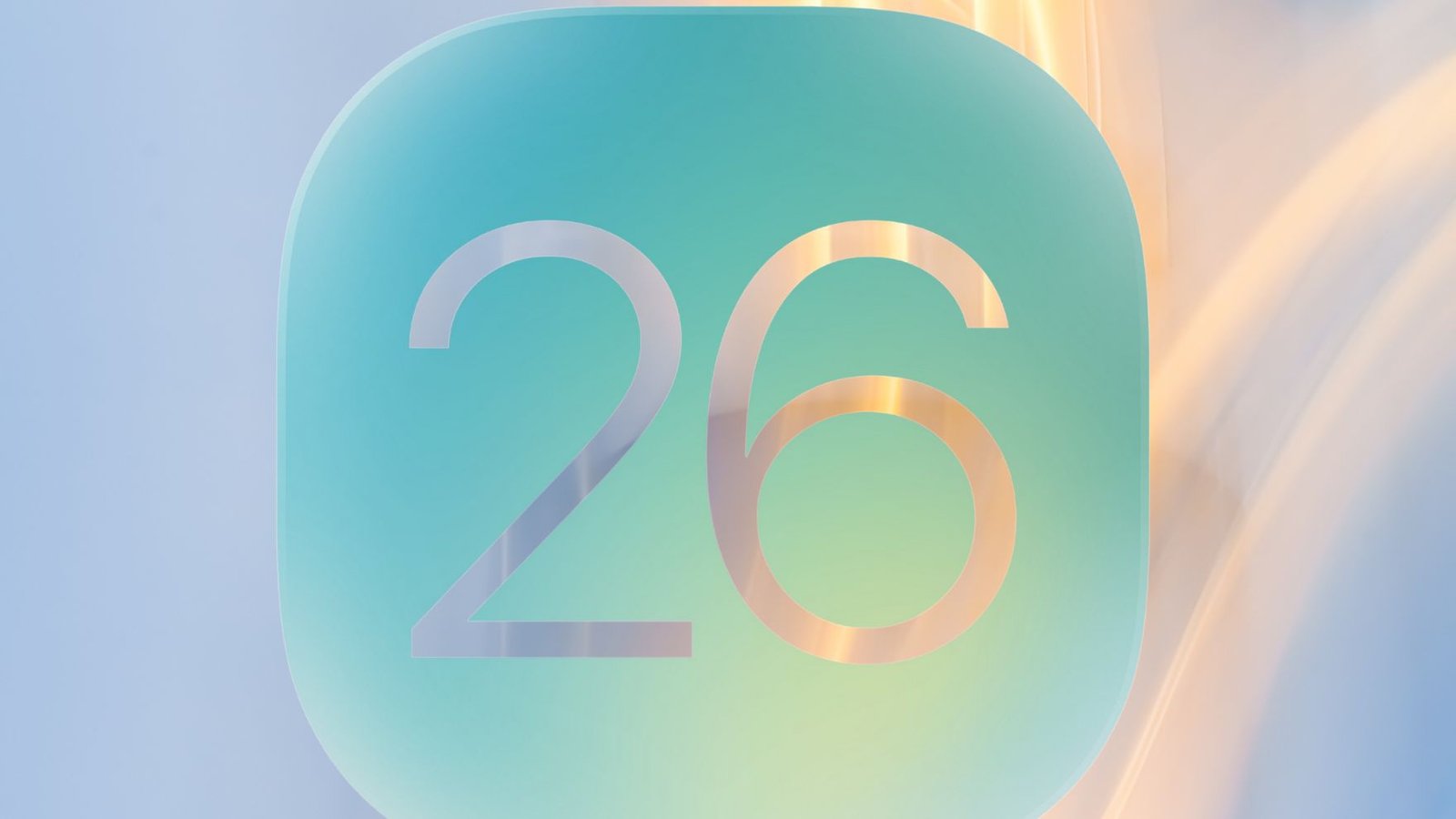Apple Glasses: Shaping the Future
Augmented Reality (AR) has always been said to be a technology full of potential since it promises the integration of digital information into the real world. With the whispers of “Apple Glass” floating around, it seems the company has confirmed its innovation in product development. As reported recently, Apple scrapped a Mac-connected AR glasses project, dubbed N107, because of technical issues and the lackluster popularity of Apple Vision Pro (Bloomberg). Regardless, Apple is still strongly focused on developing core technologies in AR. This article discusses the promise and the potential Apple Glass holds, where it lies in Apple’s ecosystem of AR products, and how it will impact consumers as well as businesses.
Why Businesses Need Apple Glass
The disruptive potential of Apple Glass is its ability to change the primary method through which a person interacts with technology. In the case of businesses, AR glasses can provide claims of enhanced productivity, improved processes and workflows, as well as unique training methods stand true. An example would include the construction sector where a worker would be looking at real-time schematic instructions projected on the machine, minimizing any chances of mistakes and delays. The same data can also be used in other fields like healthcare, where surgeons need advanced patient data, 3D models, and perform operations accurately. Boeing is also known to have AR-assisted assembly; it provided a case study where production time decreased by 25% (Harvard Business Review).

In this case, hands-free navigation and notifications (as well as entertainment) could be utilized by consumers. Picture strolling through a city with immersive, walkable directions laid out before your eyes or engaging in video games without a heavy headset on. The AR market worldwide is projected to increase by 47% from $25.3 billion in 2023 to $72.6 billion in 2028, indicating strong demand from multiple sectors (MarketsandMarkets).
Essential Services in AR Technology
Strategy and Planning for AR Adoption
Adopting AR technology entails significant strategy and planning. It is vital for operational workflows to design and implement augmented reality features. For instance, a retail company uses AR-enabled glasses to enhance guest-facing experiences through displaying relevant information and virtual try-ons. Apple provides services to these developers with its ecosystem through Xcode and ARKit bridges that facilitate tailored designer AR solutions (Apple Vision Pro).
Custom Solutions for AR
Apple Glass might provide customizable options such as linking with iPhones and Macs for unrestricted data flow. Eye-tracking technology for effortless navigation and non-projected screen display-based projection are features suggested by patents (Tom’s Guide). These functions can be customized for different sectors like education, making learning more engaging and enhancing interactivity with AR.
Ethical Use of Augmented Reality
Sociocultural factors most important for adoption of AR glasses include privacy. Other technologies like Google Glass faced strong criticism because their proprietary cameras allowed for easy unauthorized filming of users in social settings. Apple privacy features may include indication of active recording, as suggested in their patents. Ethical use would practice reputation management regarding data collection and consent on a flexible framework, which ensures term compliance, making Apple Glass fulfill user expectations.
Choosing the Right Apple Glass Partner
The most strategic decision for AR adoption is the choice of a partner. Businesses must think about:
- Knowledge: The ideal partner would have worked with the integrated structure of Apple AR development, such as ARKit and RealityKit.
- Global Adaptation: Adequate for all levels, regions, or teams of the organization.
- Openness: All partners must adhere to non-restrictive policies regarding the provision of timelines, cost estimates, data management, and schedule setup prior to interaction.
- Continuous Updates: Selection must be made with regard to update and maintenance support for the AR system over the glasses’ lifespan.
A logistics company that strikes a deal with an AR developer can, for instance, use Apple Glass to streamline inventory management within warehouses; real-time stock monitoring could increase productivity by 20% (Deloitte Insights).
Future Trends in AR Evolution
There are many factors that determine the future of AR, including Apple Glass technology:
- Economic Accessibility: There are speculations that Apple Glass might go for $499, making it easier to acquire in comparison to the Vision Pro, which currently costs $3,499 (Tom’s Guide).
- AI Integration: Apple is looking into smart glasses enabled with AI technology like voice assistants and situational awareness that can compete with Meta’s Ray-Ban Stories (9to5Mac).
- Miniaturization: Development in MicroOLED and MicroLED displays will make strapping AR glasses less bulky and more comfortable (Apple Insider).
- Enterprise Focus: Use of AR technology is increasing in healthcare and manufacturing, where hands-free data interaction is critically needed.
These developments indicate an Apple Glass or similar product in 2026–2028, utilizing Apple’s ecosystem for unrivaled user experience.
Conclusion
Apple Glass would be a game-changer in redefining the future of augmented reality tech and aims to merge the digital and physical world seamlessly. The recent cancellation of the N107 project puts Apple behind a bit, but the sustained investment in AR by Apple, such as the Vision Pro and smart glasses, indicates a positive outlook. Both consumers and businesses can leverage the productivity, innovation, and ease that AR glasses would provide. As Apple refines the concepts, we are ready to witness major changes in interaction with technology. Unearth possibilities of AR today using Apple’s developer tools or wait for more information on Apple Glass.

Visual Components
- Infographic: Apple’s AR Progression Timeline
Alt Text: “Timeline of Apple’s augmented reality initiatives, ranging from Vision Pro to the rumors of Apple Glass.” - Chart: Comparison of Sales of AR Devices
Alt Text: “Sales comparison of Apple Vision Pro, Microsoft Hololens 2, and Meta Ray-Ban Stories.” - Image: Design Concept of Apple Glass
Alt Text: “Illustration depicting the design of Apple’s suspected glasses which utilize AR technology.” - Diagram: Operations of AR Glasses
Alt Text: “Illustration describing the functions of glasses with augmented reality technology.”
Strategic Recommendations
- Business Action Steps: Analyze company objectives, Apple ARKit, and identify relevant use cases for Apple’s AR development tools.
- 5-Step Adoption Guide:
- Define AR objectives (for example, productivity, customer engagement).
- Strategic alliance with an AR developer specialized within Apple’s ecosystem.
- Pilot-tested AR solutions with a small user group.
- Wider successful implementation throughout all operations.
- Track impact and collect program participants’ insights.
Table: Comparison of AR Devices
Key Citations
- Apple Vision Pro Official Page
- Apple Scraps Mac-Connected AR Glasses Project
- Apple Glasses: All the Rumors So Far
- Apple Kills Augmented-Reality Glasses Project
- Apple Smart Glasses Closer to Reality
- Apple Glass Features, Specs, Rumors
- /galaxy-s26-gets-smarter-samsung-taps-perplexity-ai-for-future-phones/
- /nintendo-switch-2-release-date-price-and-features/
- /playstation-state-of-play-june-2025-what-you-should-prepare-for/
- /nintendo-switch-2-at-walmart-here-is-how-you-can-pre-order-it/
- /apple-ios-26-expected-features-after-the-upcoming-announcement/
- /nintendo-switch-2/



















Post Comment